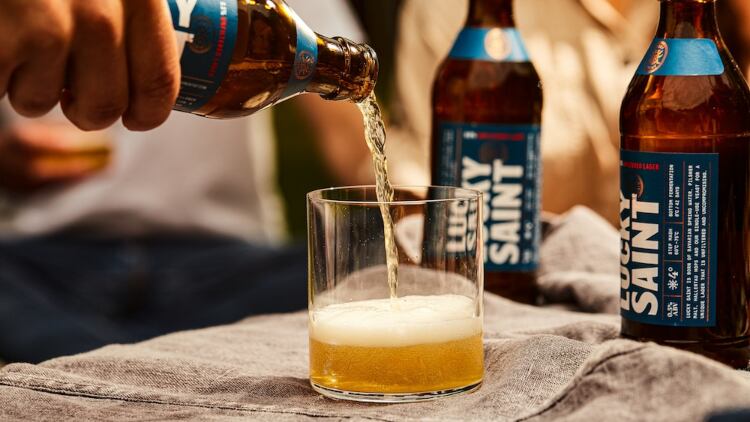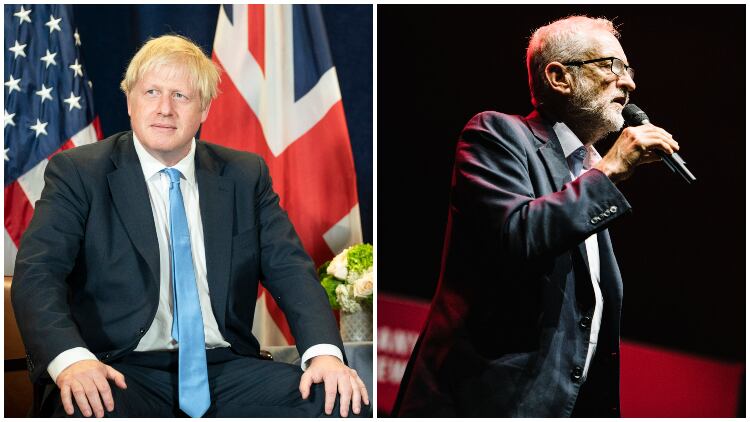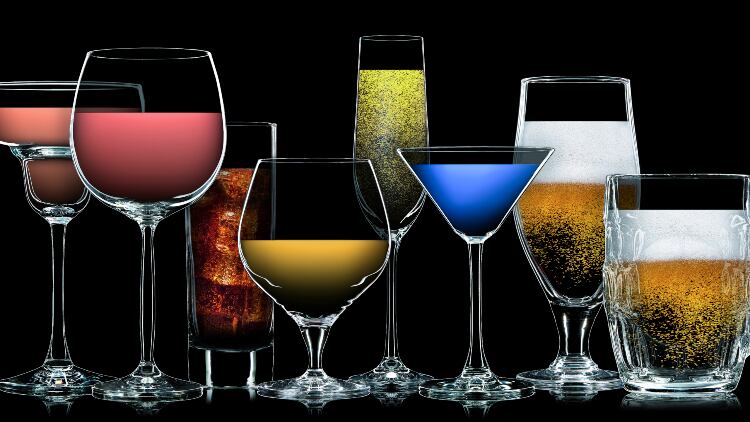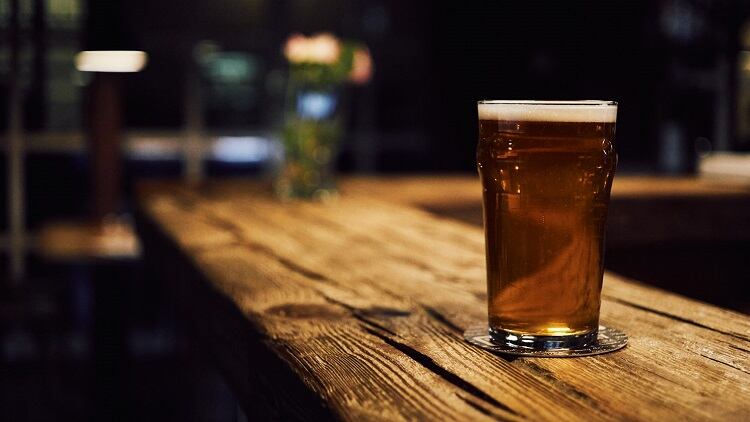As recently as 2015 – when he still worked for an oil and gas business before quitting his job and taking the plunge into low-alcohol beer – Luke Boase was far from enthused by no-and-low ABV options in the UK despite the fact that, in his own words, he’s never been a “massive drinker” and was, theoretically, the ideal target market.
“The idea of alcohol-free beer seemed so appealing on paper, yet I didn't want to drink it,” he explains. “I just didn't like the reality of it.
“The big gap was flavour. There was no liquid out there that I wanted to drink but also there wasn't a brand that would make you feel good about drinking it either.
“There was this idea that you’d go up to a bar and apologise for ordering an alcohol-free beer – you’d definitely apologise to your mates as well. The proposition in its entirety wasn't appealing to me when on paper I'm the perfect consumer for it.”
Catching up with Spain and Germany
Boase, who studied breweries in the UK, Belgium and Bavaria to soak up different no-and-low alcohol brewing technology after leaving his job – before settling on vacuum distillation as a means of producing Lucky Saint’s 0.5% ABV unfiltered lager – found that the culture and attitudes around non-alcoholic brews were far more developed overseas.
“Funnily enough the two big markets for non-alcoholic beer consumption are Germany and Spain,” he says.
“Culturally, they have a different viewpoint on alcohol consumption whereby I don't think they feel the need to apologise in the same way that the Brits do. If you take Germany as the example, they've been making non-alcoholic wheat beer for a long time and of really good quality as well.
“In the UK, there’s a need for a better-quality offering to convince a very cynical and sceptical UK consumer that they can drink alcohol-free drinks in general. The quality in Germany is definitely higher.
“Spain is massive but I would say it’s led by very mainstream brands. The Spanish have a bunch of occasions on which they drink alcohol-free beer very willingly. It’s a very normal proposition in a way that it just isn't in the UK – 15% of beer sales in Spain are non-alcoholic, whereas in the UK it’s less than 0.5%.
“From a cultural perspective, it's been very readily accepted, but in the UK we've just had different attitudes around alcohol for a very long time.”
Plans to double its on-trade presence
A year after launching Lucky Saint, the low-alcohol brew finds itself stocked in close to 1,000 venues, with plans afoot to double its on-trade presence in the next 12 months in carefully selected sites.
“We do everything from super-premium hotels and cocktail bars through to casual dining and obviously a good number of quality outlets in terms of pubs,” Boase says.
“The thread that runs through everywhere that we’re listed is a focus on delivering the best possible quality – whether that's Honest Burger or Dishoom.
“We focus on the right venues – we've worked quite hard and have won a lot of listings in our first 12 months.”
More than just a Gen Z fad
He adds: “Everyone is talking about Generation Z and the fact they're drinking – or not drinking – in a way that we haven't seen from any other generation previously.
“They have a wholesale different attitude to alcohol and aren’t building up the same bunch of occasions on which they’re drinking. The way that they’re socialising is different – that’s where everyone is looking and the industry is very focused on that, and rightly so. At least a quarter of young people consider themselves non-drinkers.”
But what has Boase seen to convince him that no-and-low alcohol options are here to stay?
“As that generation grows up and the generations after them follow suit you suddenly have a much larger proportion of the population that aren’t drinking,” he explains.
“Regardless of what age group you look at alcohol consumption has been falling gently for the past 15 years.
“I'd say while it’s something that’s in really sharp focus at the moment, it’s already a long-established trend.
“Cumulatively, we’ve got to the point where there’s now so much demand for a better proposition that it’s really in the front of people’s minds."
One-in-10 beers will be low ABV
However, despite lagging behind the likes of Spain and Germany when it comes to the adoption of no-and-low alcohol beer, Boase believes the UK is on the cusp of widespread change.
“If you walk into a pub, your default way of thinking is that you’re going to be drinking alcohol and you have to make a very conscious decision if you’re not going to be drinking.
“The rate at which I think norms around drinking are changing is it is going to completely flip and, for the most part, we’re going to be drinking alcohol-free and the conscious decision will be around the moments we drink alcohol.
“I’ve got a suspicion that in five years, one in 10 beers in this country will be non-alcoholic. Long term, it could go miles higher but I think the change from selling less than 0.5% non-alcoholic beers to 10% could be very rapid.”




